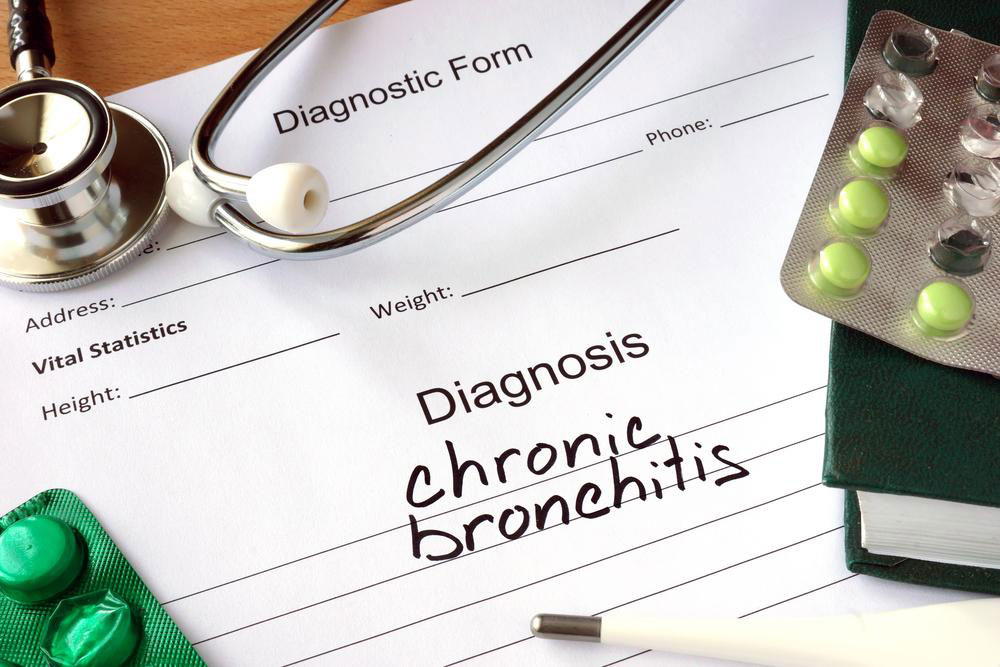Recognizing Signs of an Asthma Episode
Learn to identify the key symptoms of an asthma attack, including breathing difficulties, chest tightness, and persistent coughing. Early recognition and prompt treatment are vital to prevent severe respiratory distress. The article emphasizes the importance of immediate inhaler use, monitoring symptoms, and seeking urgent medical help during severe episodes for effective asthma management.

Recognizing Signs of an Asthma Episode
Asthma impacts breathing, often causing coughing, tightness in the airway muscles, and swelling of the airway lining. These symptoms lead to discomfort and anxiety. Early signs include difficulty breathing, disrupted sleep, and trouble recovering breath after physical exertion. Low peak expiratory flow (PEF) readings and irritability can also indicate asthma. Without prompt treatment, symptoms worsen, presenting as rapid, shallow breathing, chest tightness, persistent coughing, and wheezing during exhalation. Severe episodes make daily activities challenging, with patients feeling panicked and overwhelmed.
As the attack intensifies, symptoms become more intense, with difficulty talking, sweating, and pale skin. Immediate use of an inhaler is essential for relief. Even after symptoms subside, individuals may feel exhausted and anxious about future attacks. Monitoring health closely and seeking medical help are critical for managing severe asthma. Recognizing early warning signs and acting swiftly can prevent escalation. In emergencies, calling emergency services without delay can be lifesaving.










